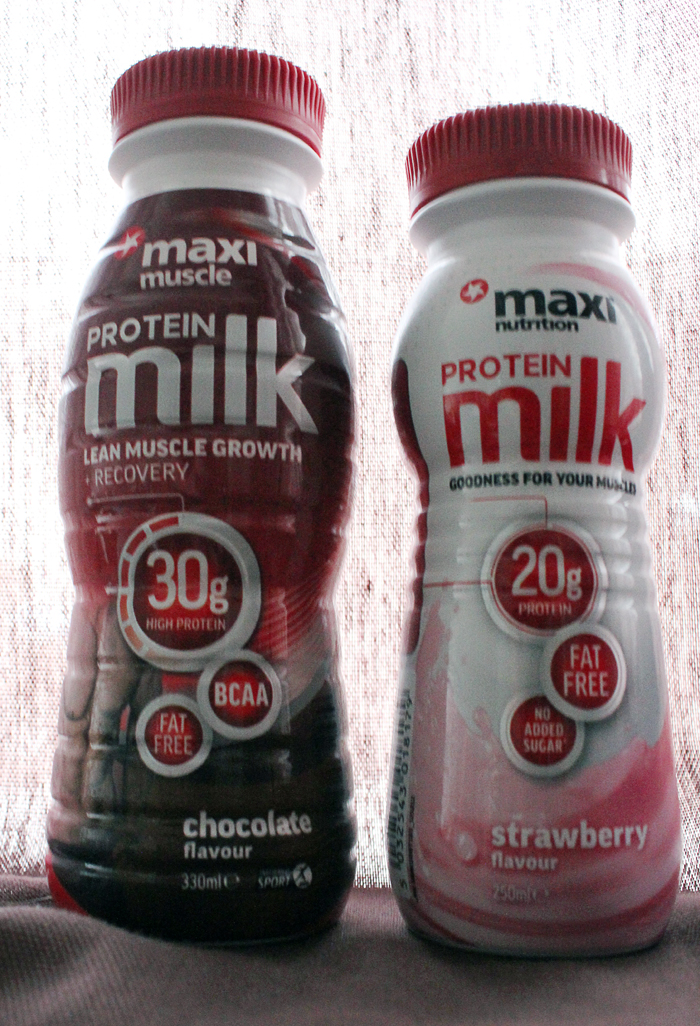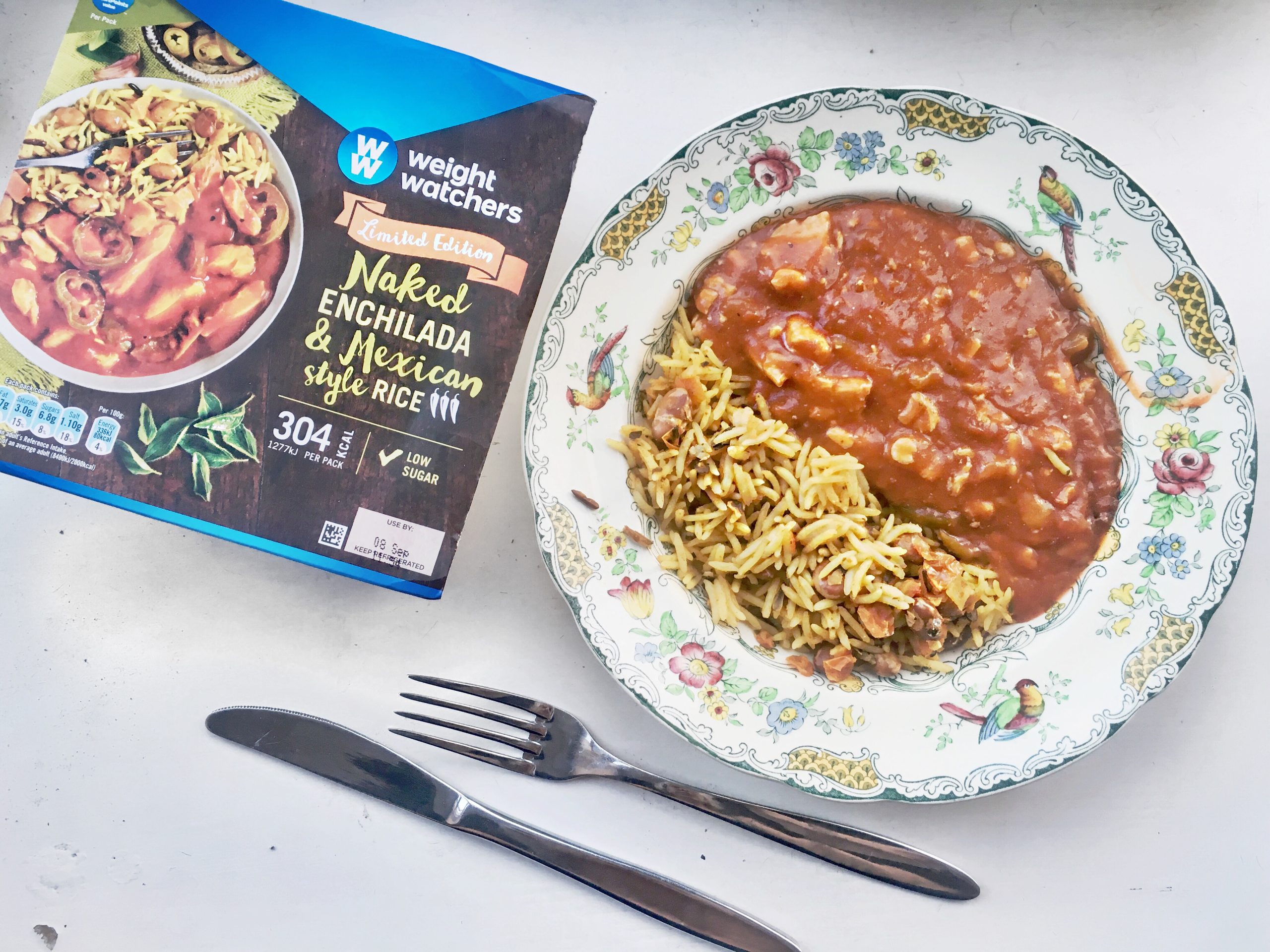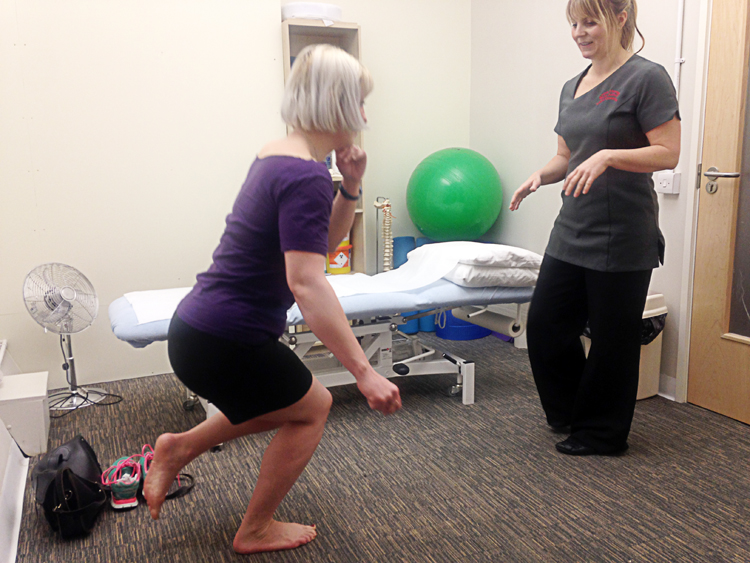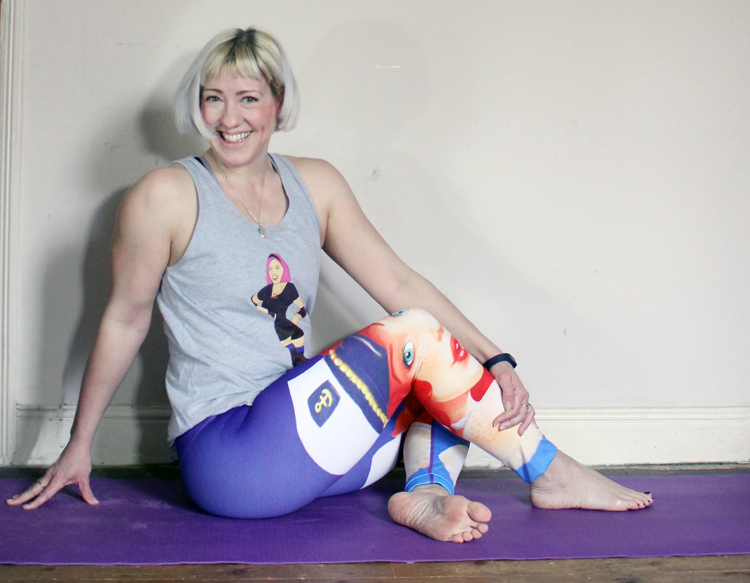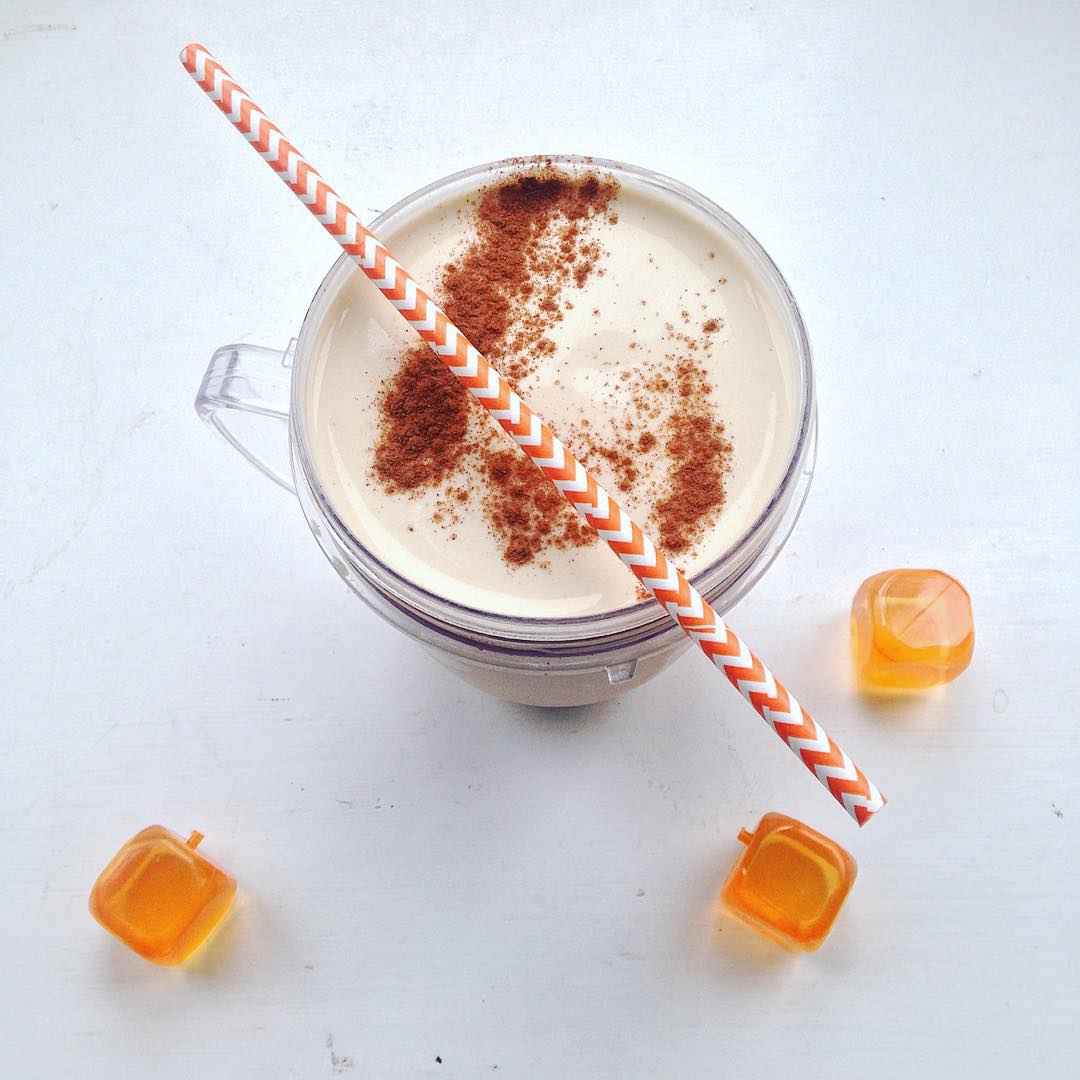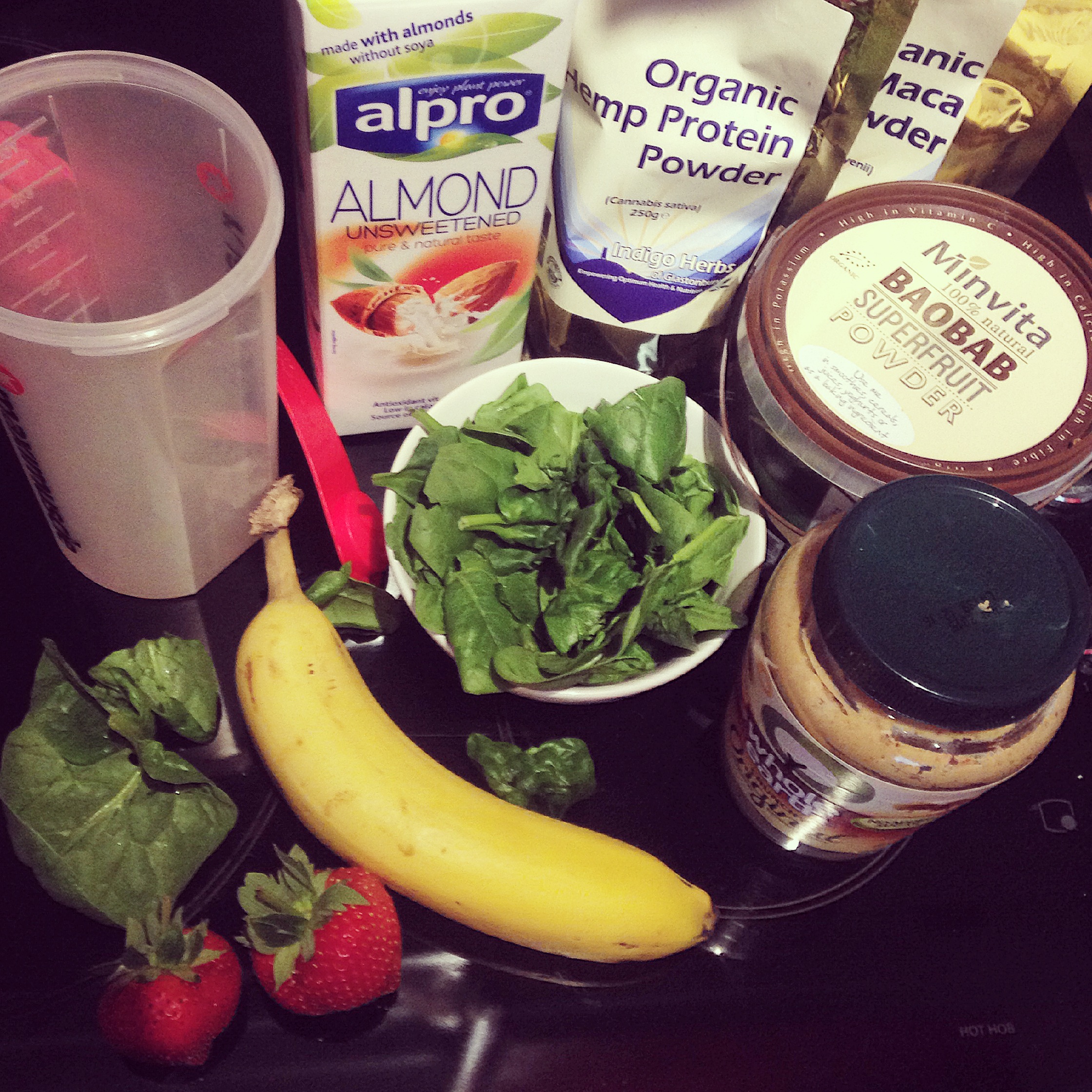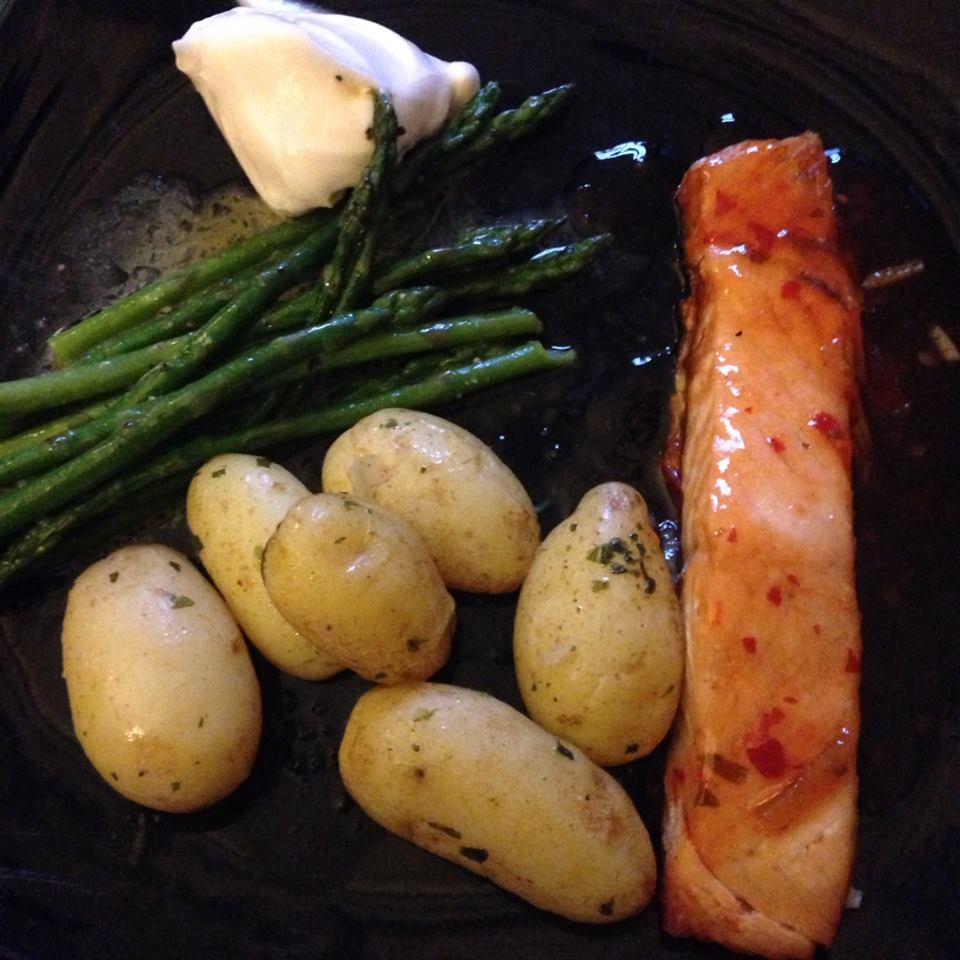One of my health goals for this year was to improve my diet, and in particular eat more protein, less fat and be more organised with eating around my exercise sessions. I’d never thought of using protein supplements to do this, I’d just planned to try and include more lean meat, eggs and seeds in my diet, but over the last few months I’ve been sent a range of protein supplements to try out and I decided to give them a go.

I’ll confess I was a little wary at first, I didn’t want to just add extra junk and “empty calories” to my diet, and those pictures of muscle bound men on the front of the boxes never really made me think of people who were health conscious, just people who would eat anything if it helped them bulk up! My goal is to eat more healthily within the limitations of my life and to help my performance in the activities I enjoy. While I think “clean-eating” sounds like a lovely thing, it would be unsustainable for my lifestyle, and probably for a lot of peoples, to eat that way exclusively. I travel a lot and have to eat out, I’m often away when I exercise or have to shoot off straight from one thing to another, plus I like the occasional Ginsters Cheese & Onion pasty so the odd additive doesn’t worry me too much, but I do like to know what I’m eating, and it bothers me when foods are marketed as “healthy”, “fat free” etc and are actually stuffed with sugar and other pointless nasties. So I did my research on these products before I tried them.
Most of them seemed to use whey protein as their main ingredient. On the plus side whey protein is an extremely good source of branched chain amino acids and is apparently easily utilised by your body as a protein source, it can also be added to your diet without adding large amounts of fat or cholesterol that might come with other protein sources, which appealed to me. When looking for the downsides of whey powder I found that some of the claims about its role in building muscle didn’t have enough research into them, but that the only other downsides mentioned were to do with potential lactose intolerance, which isn’t a problem for me, and the general potential negative effects of a high protein diet including osteoporosis and liver and kidney failure, but I had no intention of eating that much protein, just adding a little more to my diet. Overall it seemed that whey protein was perfectly safe, and the subject of ongoing research about its potential benefits, so I decided to give it a go.
Most sources I found recommend about 0.7-2g of Protein consumption per kg of body weight, depending on your level of activity. Most of us are probably towards the lower end of that scale, unless you’re in the middle of training for a marathon, so there’s no need to go nuts with the protein!
Today I’m going to take a closer look at 3 of the protein supplements I’ve been sent to try.
MaxiMuscle Protein Milk and MaxiNutrition Protein Milk
These products are ready mixed protein shake in a bottle, the MaxiMuscle contains 30g of Protein and the lower calorie MaxiNutrition contains 20g protein. It contains skimmed milk and milk proteins and is sweetened using sucralose, an artificial sweetener. Sucralose is mostly not recognised by the body at all and simply excreted, apparently there have been studies linking consumption in excess of 11,000 packets of sucralose a day to DNA damage in mice though, so, you know, probably best not to drink too much.
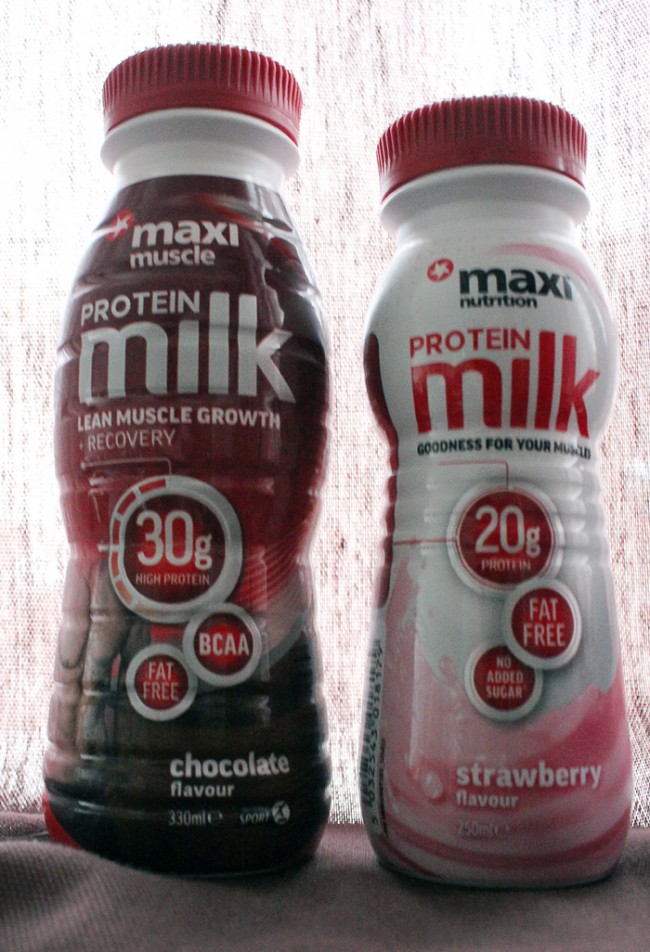
Whilst I’m a little glib about the dangers of sucralose, an unrefined sugar source would no doubt be best, and there’s no denying this is a processed food and designed to be consumed as one. I found it very handy to chuck in my gym bag or suitcase for a post exercise “snack” if I knew I was going to be in a situation where no other food was going to be easy to come by, but this is essentially a milkshake with no sugar and extra protein.
I preferred the taste of the MaxiNutrition shake to the MaxiMuscle, it tasted slightly less powdery, but I don’t know if that’s because it was strawberry instead of chocolate flavour and it was the flavouring that caused the difference.
This is a protein powder, but aimed at slimmers, so a little lower in calories per serving than a lot of them. This one bothers me slightly as in the blurb it refers to it as a “meal replacement” something I have a big issue with, and I also think the calorie content of a serving would be too low at 130 calories to serve as a meal replacement anyway. If you read on further, it suggests having one for breakfast, and another after exercise, which isn’t as bad as it first sounds.
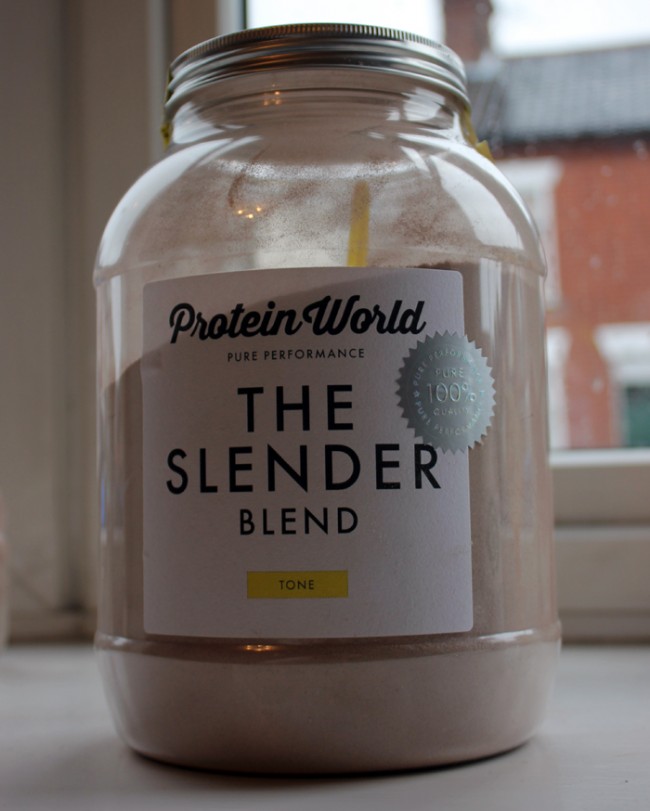
As well as Whey Protein the powder contains Raspberry Ketones, Green Tea Extract and CLA powder, all supplements said to aid weight loss. There’s seems to be little evidence to support the claims, but none of these additives appear to be harmful. It also has added multi vitamins and minerals, though I’m not sure in what quantities. The other ingredients are dextrose as a sweetener, which is basically a sugar, and xanthan gum, a naturally derived thickener.
I initially made this up as recommended, mixing it with water in a shaker and I had it for breakfast alongside a banana. It contains 30g of protein and 130 calories made up this way. The taste isn’t nasty, but is also nothing really special, just a chocolatey shake, but I did think the consistency was slightly gritty. Since then I’ve started to add it to smoothies in the morning, using just one scoop for a bit of chocolate flavour with some unsweetened almond milk, a banana, peanut butter and some frozen spinach. I like it’s versatility as you can edit the amount you use and add it to different foods and drinks, it’d be great to use to flavour frozen yoghurt, for instance.
This is a protein powder in a single serving form. It comes in a frankly genius bottle that you top up with water and shake, which makes it light to carry and brilliantly portable for travelling.
As well as whey protein it also contains spray dried columbian coffee, flavourings, inulin, which is an insoluble fibre which acts as a pre-biotic and 2 different artificial sweeteners, Sucralose and Acesulfame Potassium, the second of which has been found safe also, but also contains no nutritional value, and again has been linked in some studies on rodents to cancer causing properties.
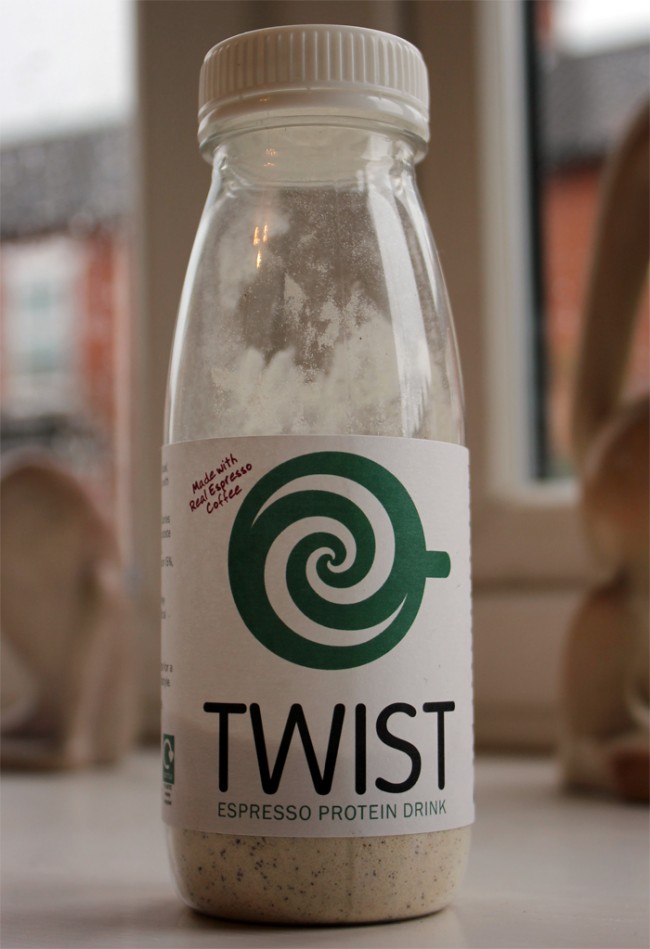
Taste wise this pretty much tastes like any pre packed coffee drink, which I’m actually quite fond of! The caffeine content felt a bit odd to me as I associate this sort of drink with a post work out drink, where as caffeine is often used to enhance performance in sports. I only had a couple of these sent to me, and one I had for breakfast whilst away working in a hotel accompanied by a Nakd bar, and the other I drank after a morning run when I would probably have had a coffee anyway. I’d be interested to try drinking this before a short run or endurance skating to see if the caffeine has any effect.
The Verdict
Having tried all these products my favourite is probably the powder. I like it’s flexibility to be added to different foods, but the convenience of the single serving packages of the other 2 products is undeniable and I suspect I shall continue using all of them in some form. The key word is convenience, these are a convenience food, they contain artificial sweeteners, stabilisers and thickeners and someone else made them in a factory rather than you creating them from scratch in your kitchen. If I’m going to consume artificial sweeteners, which I no doubt am, I would rather have them in a product like this than in a totally nutritionally empty form like a diet coke, which I’m pretty sure I’ll also still have again in future.
I wouldn’t want to rely on any of these products as my main protein source and I wouldn’t want to be having 2 or 3 of these a day as some of them recommend, I’d prefer to eat more lean meat, eggs, seeds and other natural sources, but as a supplement and for convenience purposes when boiling an egg or grilling a chicken breast, or even just making a smoothie, isn’t physically possible, then having done the research I’m perfectly happy to fall back on any of these.
I haven’t kept all of the places I read about whey protein, but there’s a few places for further reading below

